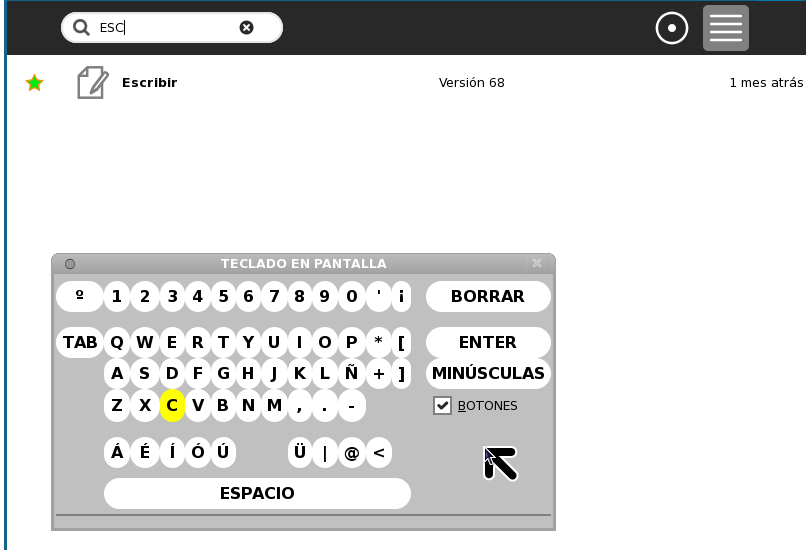

Options are "left", "center" (default), and "right" for x axes, and "top", "middle" (default), and "bottom" for y axes. If this axis needs to be compressed (either due to its own `scaleanchor` and `scaleratio` or those of the other axis), determines which direction we push the originally specified plot area. Type: enumerated, one of ( "left" | "center" | "right" | "top" | "middle" | "bottom" ) Default is "domain" for axes containing image traces, "range" otherwise. If this axis needs to be compressed (either due to its own `scaleanchor` and `scaleratio` or those of the other axis), determines how that happens: by increasing the "range", or by decreasing the "domain". Type: enumerated, one of ( "range" | "domain" ) Grid color is lightened by blending this with the plot background Individual pieces can override this. Sets default for all colors associated with this axis all at once: line, font, tick, and grid colors. Similarly, the order can be determined by the min, max, sum, mean or median of all the values. Set `categoryorder` to "total ascending" or "total descending" if order should be determined by the numerical order of the values.

The unspecified categories will follow the categories in `categoryarray`.

If a category is not found in the `categoryarray` array, the sorting behavior for that attribute will be identical to the "trace" mode. Set `categoryorder` to "array" to derive the ordering from the attribute `categoryarray`. Set `categoryorder` to "category ascending" or "category descending" if order should be determined by the alphanumerical order of the category names. By default, plotly uses "trace", which specifies the order that is present in the data supplied. Specifies the ordering logic for the case of categorical variables. Type: enumerated, one of ( "trace" | "category ascending" | "category descending" | "array" | "total ascending" | "total descending" | "min ascending" | "min descending" | "max ascending" | "max descending" | "sum ascending" | "sum descending" | "mean ascending" | "mean descending" | "median ascending" | "median descending" ) Only has an effect if `categoryorder` is set to "array". Sets the order in which categories on this axis appear.
PYTHON KEYPAD LAYOUT SERIES
Type: list, numpy array, or Pandas series of numbers, strings, or datetimes. This does not set the calendar for interpreting data on this axis, that's specified in the trace or via the global `layout.calendar` Sets the calendar system to use for `range` and `tick0` if this is a date axis. Type: enumerated, one of ( "chinese" | "coptic" | "discworld" | "ethiopian" | "gregorian" | "hebrew" | "islamic" | "jalali" | "julian" | "mayan" | "nanakshahi" | "nepali" | "persian" | "taiwan" | "thai" | "ummalqura" ) Using "convert types" a numeric string in trace data may be treated as a number during automatic axis `type` detection. Using "strict" a numeric string in trace data is not converted to a number. Type: enumerated, one of ( "convert types" | "strict" ) If `range` is provided, then `autorange` is set to "False". Type: enumerated, one of ( True | False | "reversed" )ĭetermines whether or not the range of this axis is computed in relation to the input data. If set to "free", this axis' position is determined by `position`.ĭetermines whether long tick labels automatically grow the figure margins. `x2`, `y`), this axis is bound to the corresponding opposite-letter axis. If set to an opposite-letter axis id (e.g.

Type: dict containing one or more of the keys listed below.


 0 kommentar(er)
0 kommentar(er)
